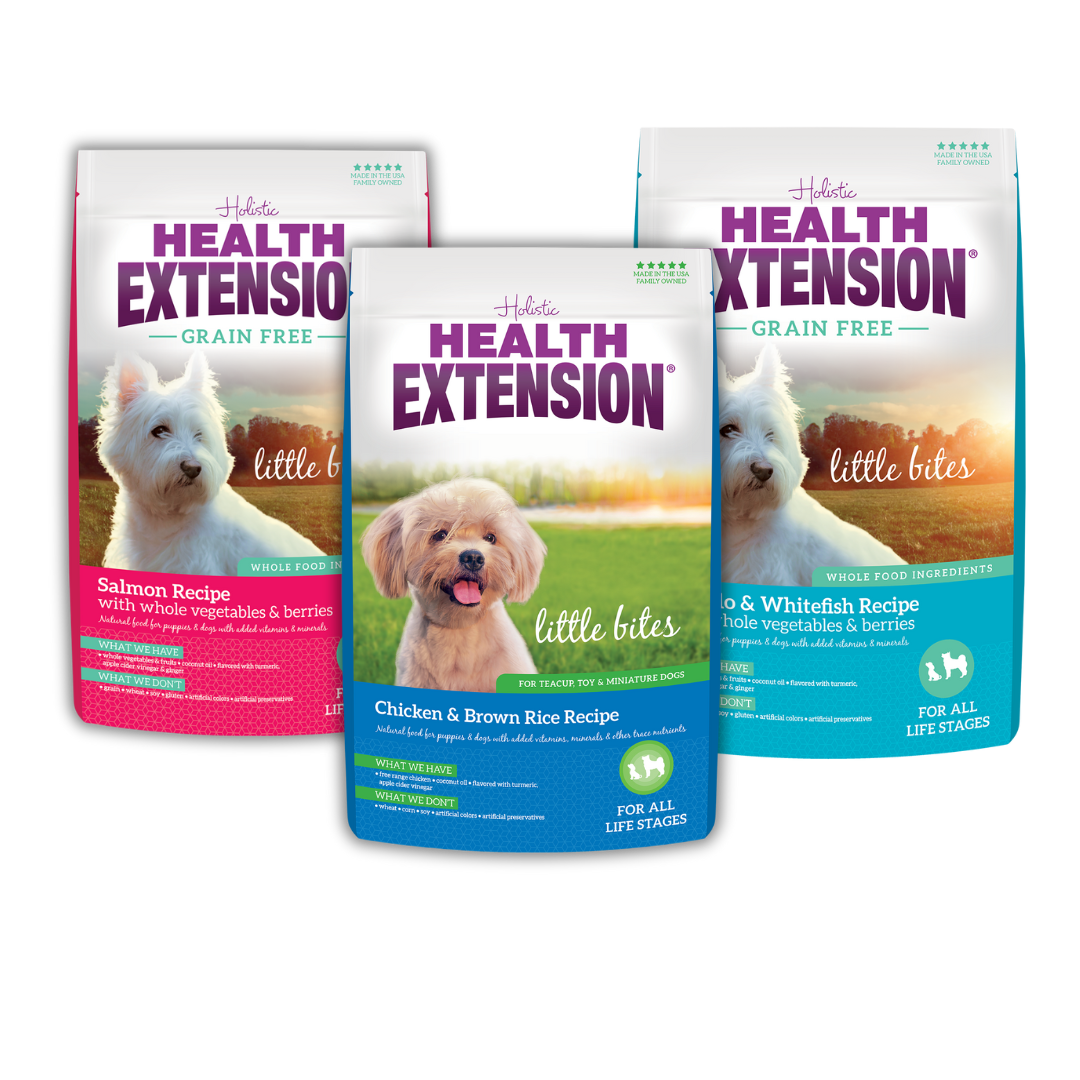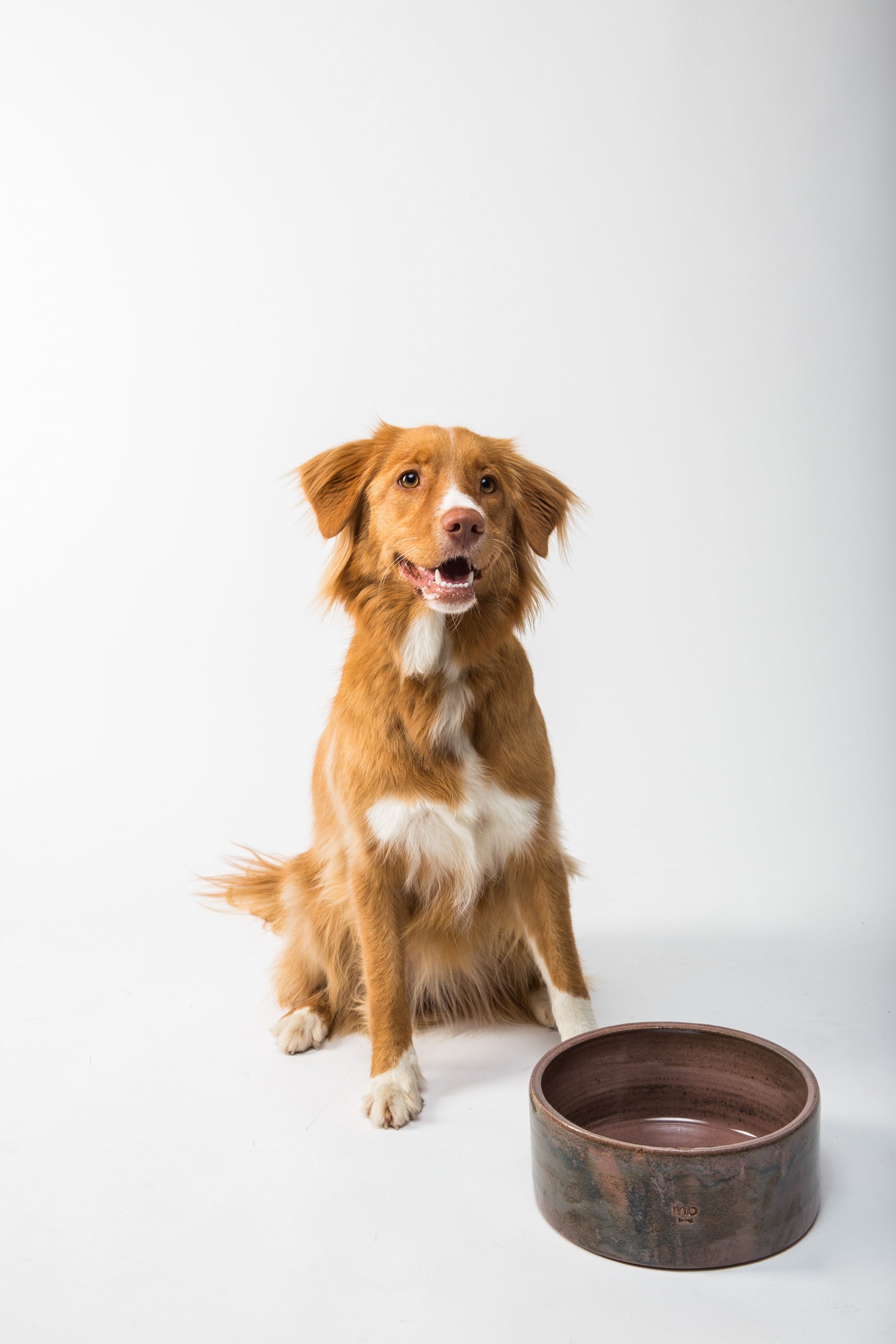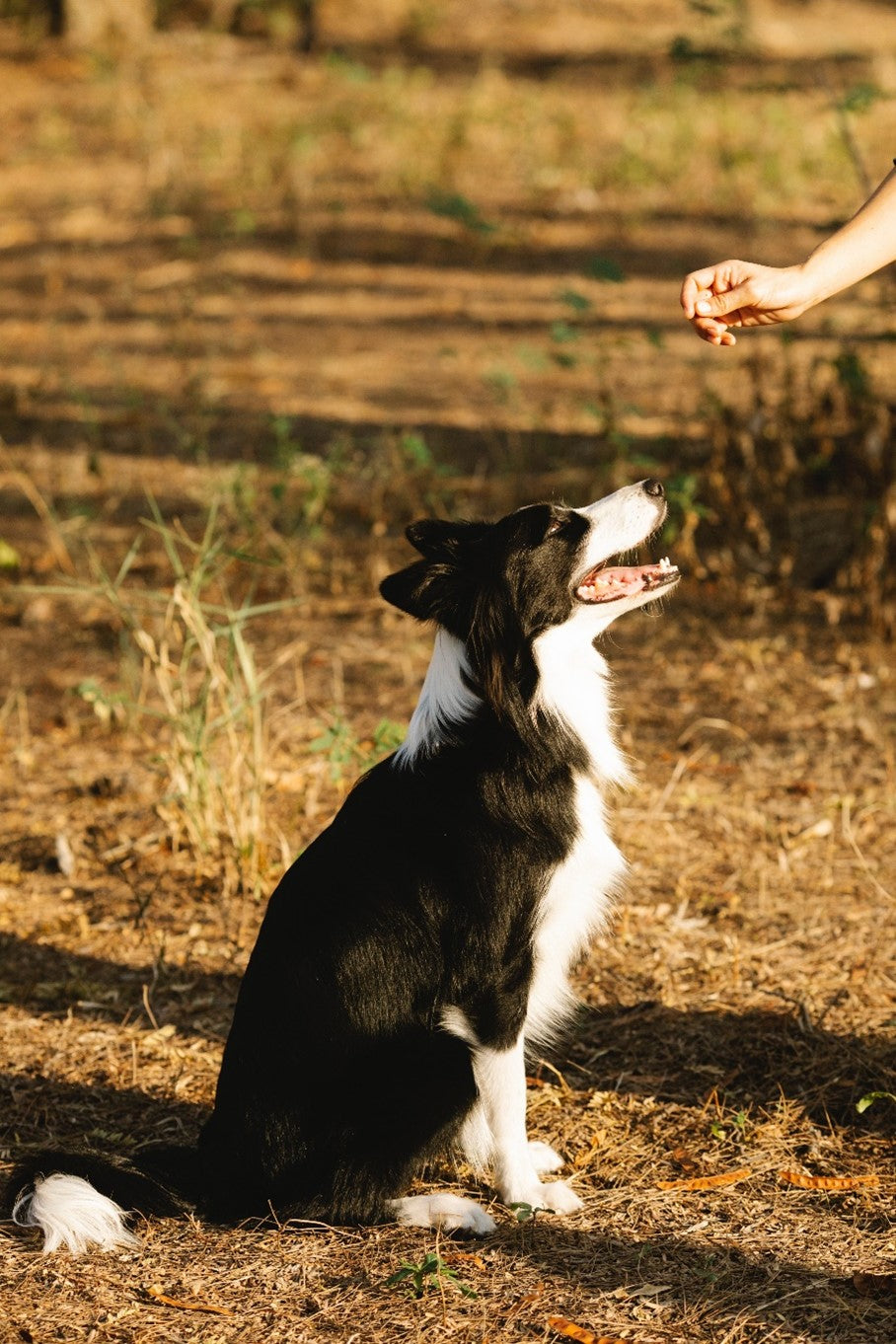There is no one definitive answer to the question of how much to feed a dog because of all the variables that come into play, such as breed, age, and activity level. However, general guidelines can be useful in order to make sure your pup is getting the right amount of food and how often he needs it. In this post, we will go over some guidelines to follow so you can ensure your furry friend is well-nourished.
How much food do I feed my puppy?
When it comes to feeding your puppy, there are many different things to consider. How much should you feed them? What kind of food should you give them? And how often should you be feeding them?
One of the most important things to keep in mind when feeding a puppy is their ideal weight. Different puppies have different nutritional needs depending on their size and age, so it is important to find out what an optimal weight for your pup is. This can usually be determined by consulting with your veterinarian.
Once you know your puppy's ideal weight, the next step is to decide on an appropriate feeding routine. Many experts recommend feeding your puppy several small meals per day, rather than one large meal. This helps to ensure that they are getting adequate nutrition throughout the day, while also helping them to avoid overeating or gulping their food.
Finding the perfect food is easy at Health Extension Holistic Pet Foods. Health Extension’s All Life Stages recipe’s, provide your puppy with all the nutrients they need to support their health while they grow. Simply follow the daily feeding guidelines on the packaging for puppies based on their weight and split the amount according to how many times you feed throughout the day.
How much food do I feed my adult dog?
For feeding your adult dog, the process is similar to that of feeding a puppy. You will want to start by finding out their ideal weight and then deciding on an appropriate feeding routine.
There are a few key differences between feeding an adult dog and a puppy. For one, adult dogs typically only need to be fed once or twice a day, rather than multiple times. Additionally, they can usually handle larger meals than puppies. Depending on the breed and size of the dog the puppy stage can last between 9-24 months.
As far as food choices go, there are still many different options available for adult dogs. However, if you are feeding your puppy Health Extension All Life Stages Recipe’s, you will not have to transition your dog to an adult specific product. Simply adjust the portion amounts to make sure your dog is getting the adult recommended quantities on the back of the package.
How much food to I feed my senior dog?
As dogs age, their nutritional needs will often change again, similarly as they do from puppy to adult hood. This is why it is important to adjust their diet as they get older, in order to make sure they are getting the nutrients they require.
One of the biggest changes that senior dogs usually need, is to watch their calories. Senior dogs’ energy and activity levels typically slow down as they age. Keeping unnecessary weight off of their body can help reduce the chances and symptoms of accelerated aging and things like arthritis. Additionally, they may need more nutritional support for their hips and joints.
Keeping that in mind you want to feed them foods that support digestive health with high quality protein and whole food ingredients that have complete and balanced nutrition. Health Extension Dog Foods, made for all life stages, are prepared with delicious whole food ingredients. To promote optimal joint health, and mobility, add Health Extensions Hip and Joint Mobility to their diet.
In addition, switching your dog’s food can cause dietary upset. So, by feeding Health Extension Dog Food from puppy throughout their senior years you eliminate any fuss or worry about switching food. You can be assured that your furry friend has everything they need to keep them healthy and happy throughout their lifetime.
You may also need to adjust the frequency of your dog's meals. This is because older dogs tend to have a slower metabolism and may not be able to handle large meals as well as they used to. Follow the feeding guidelines on the back of the package and split the portion into several smaller meals throughout the day. Something as simple as adding a little warm water to their food can help them break it down better.
By following these simple guidelines, you can help ensure that your senior dog stays healthy and happy into their golden years.
Of course, it is important to remember that every dog is different. So be sure to talk with your veterinarian about your dog's individual needs and preferences. They will be able to give you specific guidance on how best to meet their nutritional requirements. Thanks for reading!





